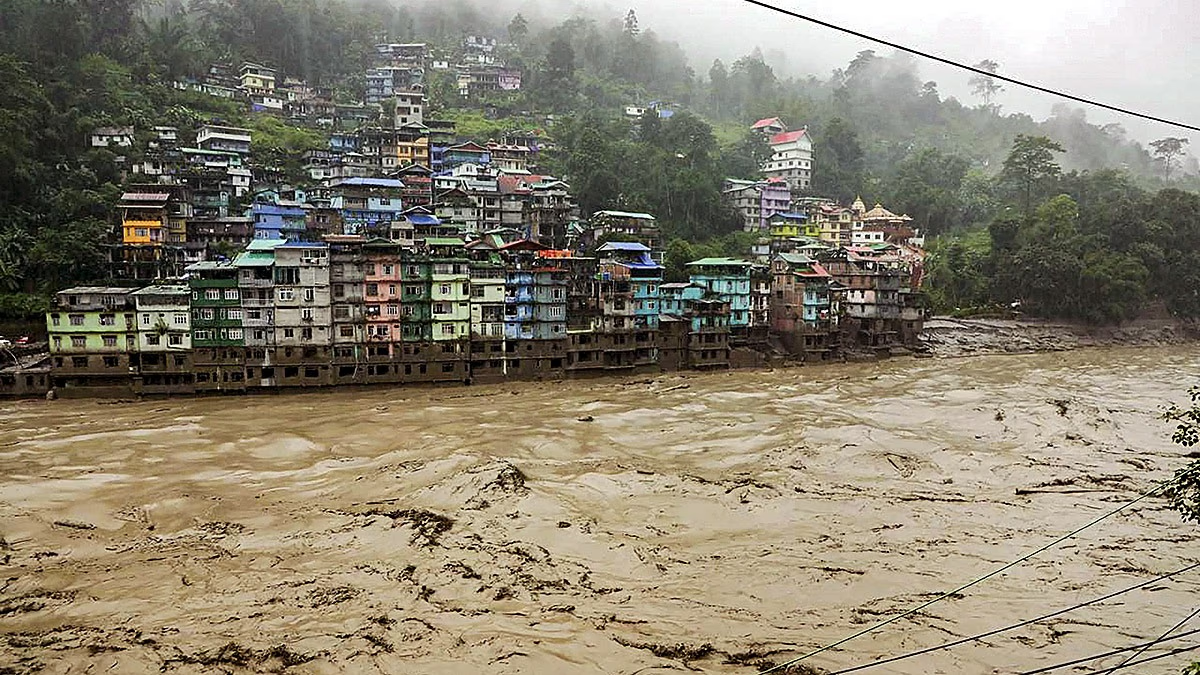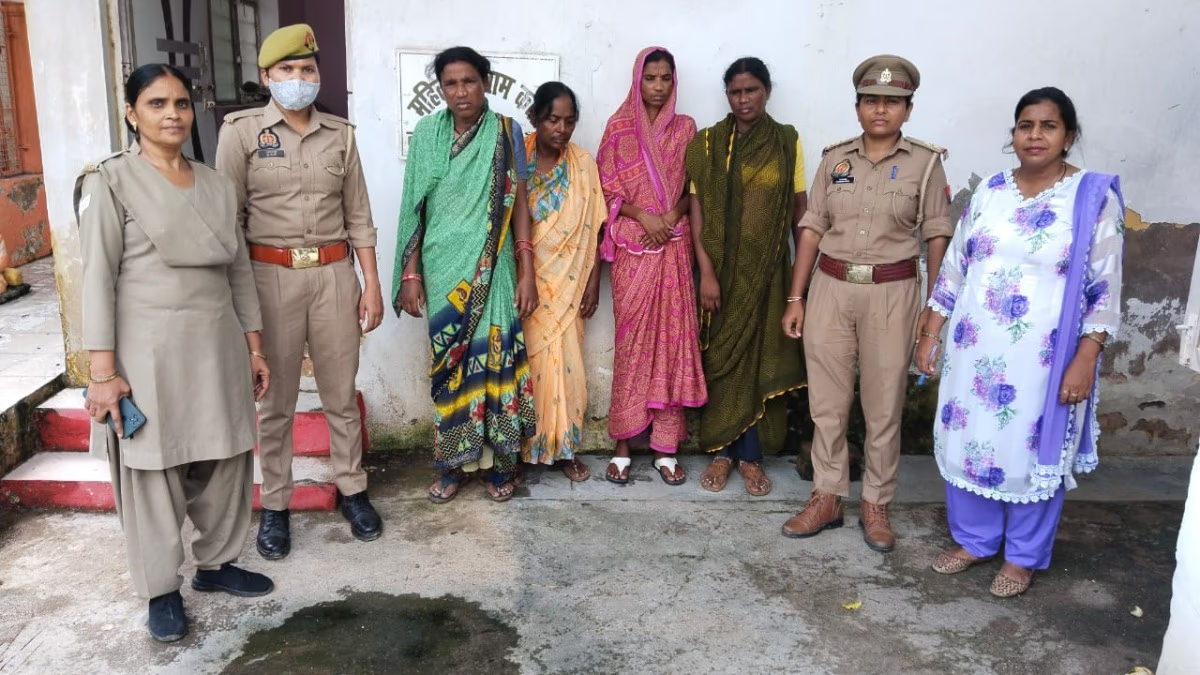This year, the weather has unleashed its fierce wrath on India. Over the past seven months (January to July 2025), disasters like rainfall, floods, storms, and lightning have claimed 1,626 lives, while more than 157,000 hectares of crops have been destroyed. From Uttarakhand to Kerala, scenes of devastation are visible everywhere.
Disasters Under Surge Every Year
Each monsoon brings increased incidents of floods, landslides, and lightning strikes. It feels as though there's never a year without climate-related tragedies. The year 2025 has been no exception, with Uttarkashi's Dharali village in Uttarakhand being completely devastated by a flash flood induced by a cloudburst.
Similarly, on the night of June 30, 2025, heavy rainfall triggered landslides and floods in Himachal Pradesh's Mandi district's Seraj, claiming several lives. According to the Himalayan Policy Campaign (HNA), around 25 villages in the Seraj Valley were affected by the disaster. Rainstorms wreaked massive havoc during the monsoon season in Wayanad, Kerala, in 2024 as well.
Ministry of Home Affairs Statistics
On August 6, 2025, the
briefed the Rajya Sabha on these calamities. Nationwide, the death toll in the past seven months stood at 1,626. Some states present alarming figures: Andhra Pradesh (343), Madhya Pradesh (243), Himachal Pradesh (195), Karnataka (102), and Bihar (101).
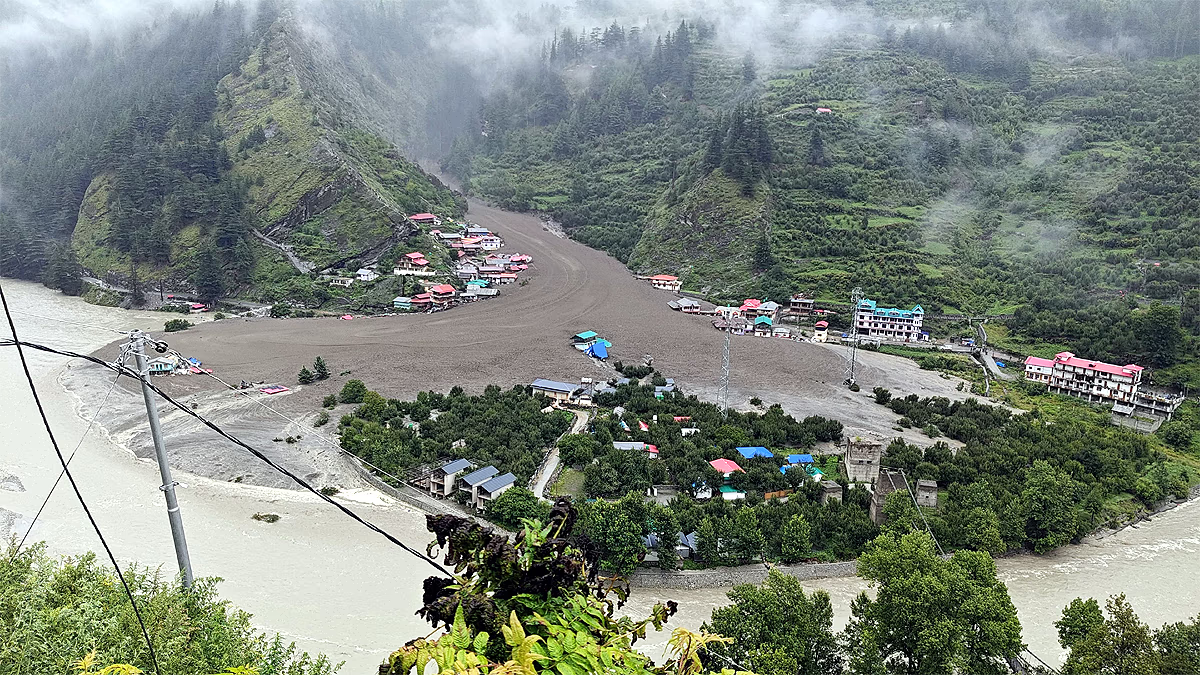
Source: aajtak
Kerala (97), Maharashtra (90), Rajasthan (79), Uttarakhand (71), Gujarat (70), Jammu and Kashmir (37), Assam (32), and Uttar Pradesh (23) follow closely. Over 60% of the deaths occurred in Andhra Pradesh, Madhya Pradesh, Himachal Pradesh, Karnataka, and Bihar.
Agricultural Ravages
The calamities affected not only humans but also farmers and their crops. About 52,367 livestock perished, and 157,818 hectares of farmland were ruined. In Uttarakhand alone, 9.47 hectares of crops and 67 livestock were impacted.
Maharashtra registered the highest loss with 91,429 hectares of crops, while Assam noted 30,474.89 hectares. Karnataka, Meghalaya, and Punjab also faced huge destruction of 20,245, 6,372.30, and 3,569.11 hectares, respectively. Livestock casualties were significant in Himachal (23,992), Assam (14,269), and Jammu & Kashmir (11,067), critically affecting farmers’ livelihoods.
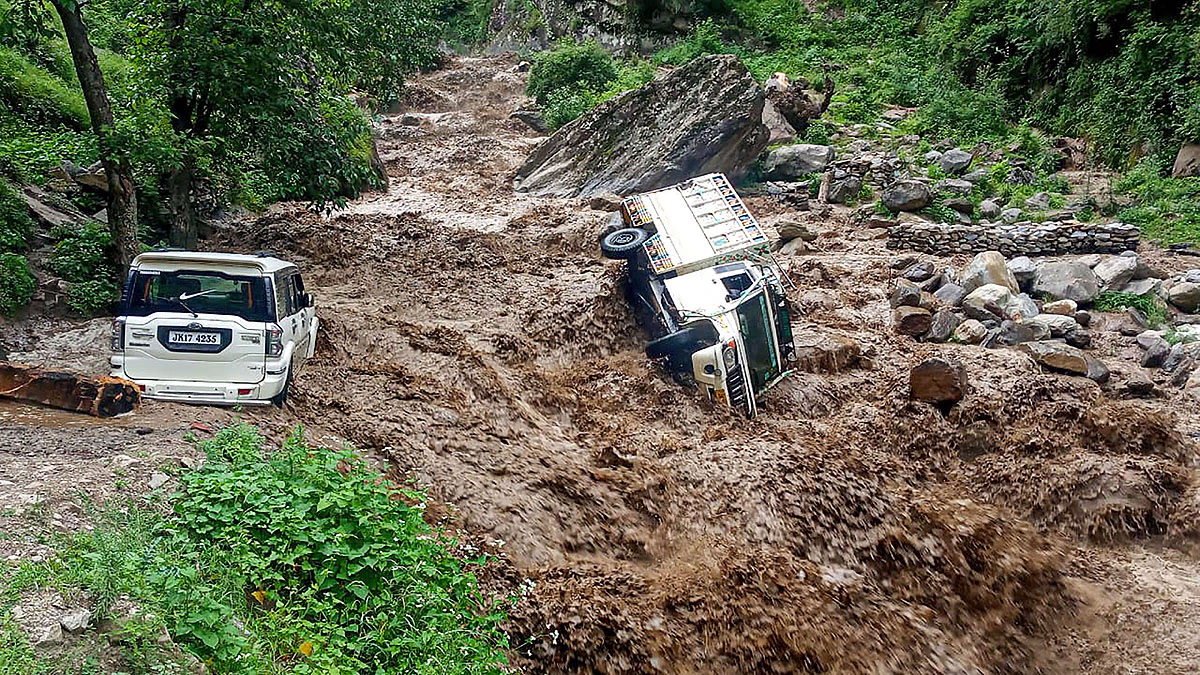
Source: aajtak
Provisional Data and Challenges
The ministry admitted these figures are provisional, based on state reports. It does not accumulate data independently but relies on states. According to the National Disaster Management Policy (NPDM), states are primarily responsible for disaster relief and management, with the central support. Questions arise regarding whether this approach fosters national unity.
Enhancements in Alert Systems
To protect people from lightning and storms, the government has improved its approach. The Indian Meteorological Department (IMD) has developed an advanced system, equipped with satellites, radars, and a network of 102 ground sensors, capable of issuing warnings five days in advance.
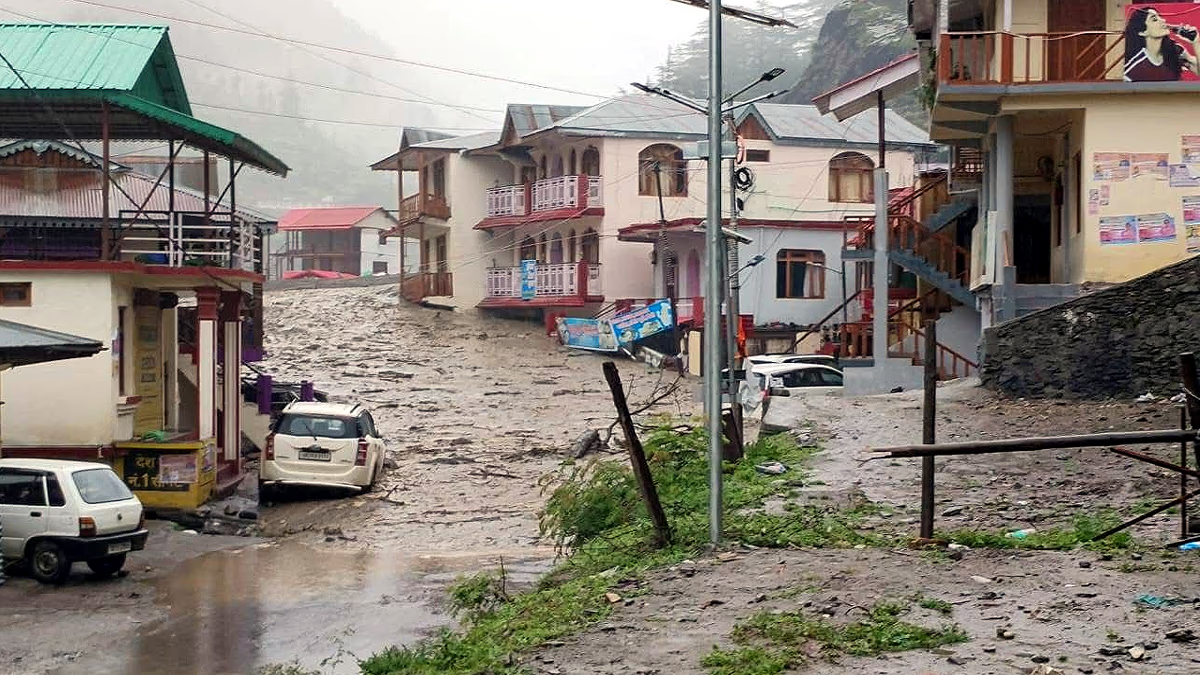
Source: aajtak
Pune's Indian Institute of Tropical Meteorology has established a lightning detection network with 112 sensors, resulting in the 'Damini' app, which provides precise lightning strike alerts within 20-40 kilometers. On February 28, 2025, the National Disaster Management Authority issued guidelines for dealing with storms, lightning, and strong winds.
Climate Change and the Future
These disasters are seen as the result of climate change, with altering rain patterns leading to more floods and landslides. Experts emphasize preserving forests, practicing sustainable agriculture, and improving management strategies to mitigate this crisis. The pressing question remains: are the government and society ready to face these looming challenges together?
